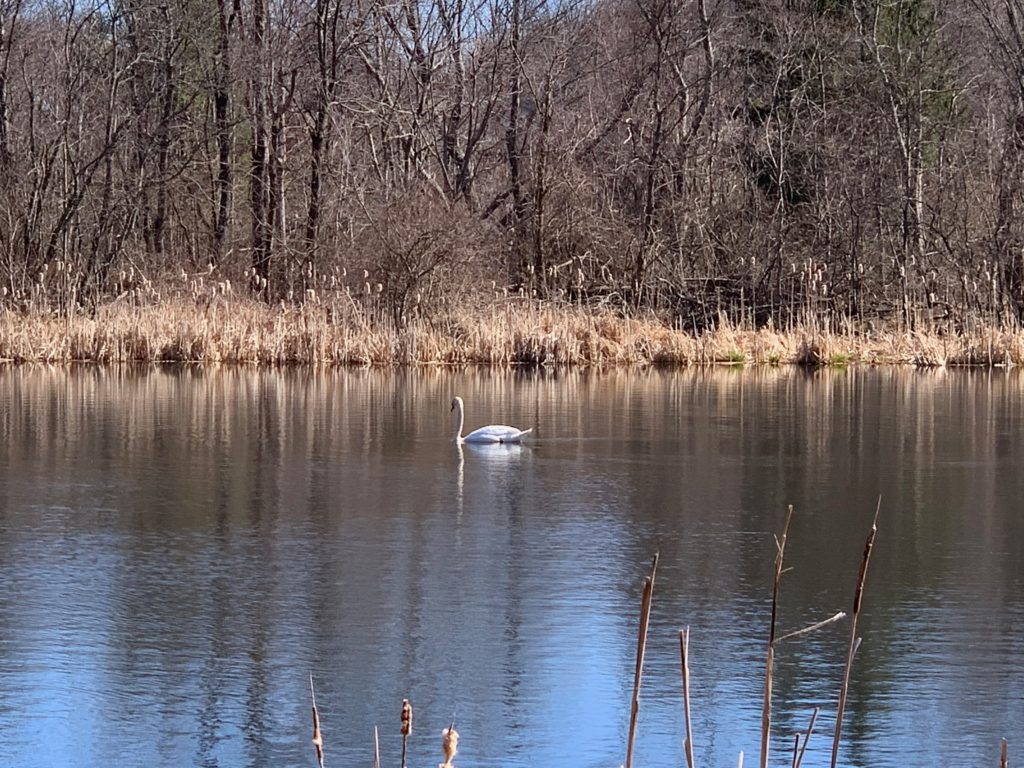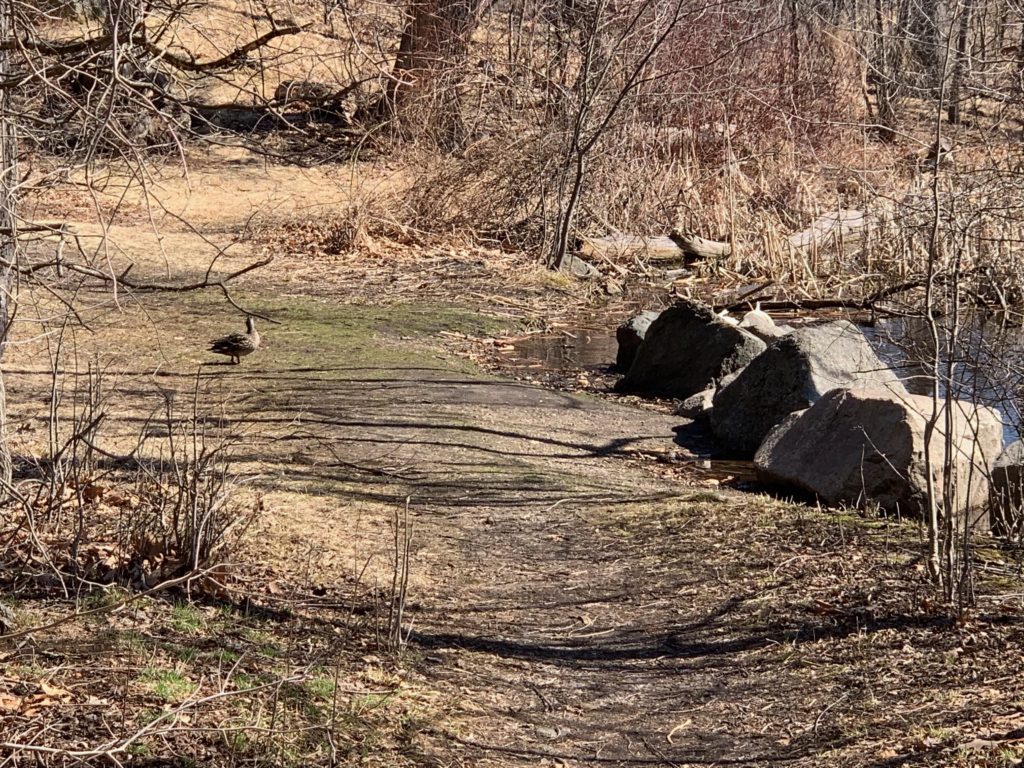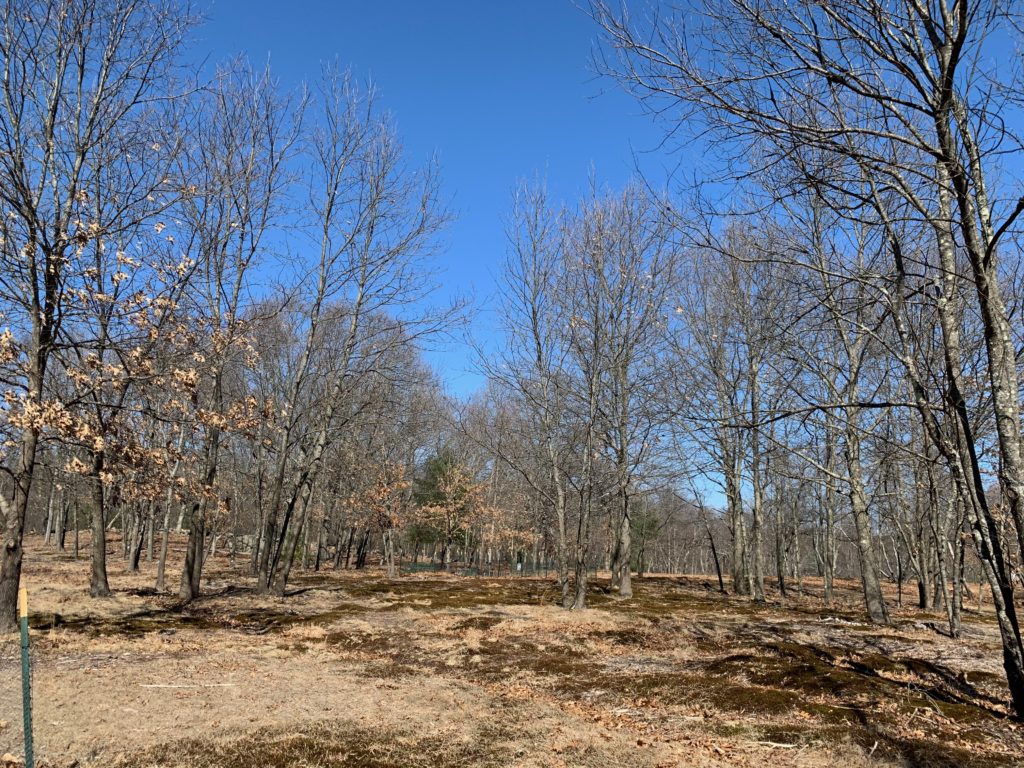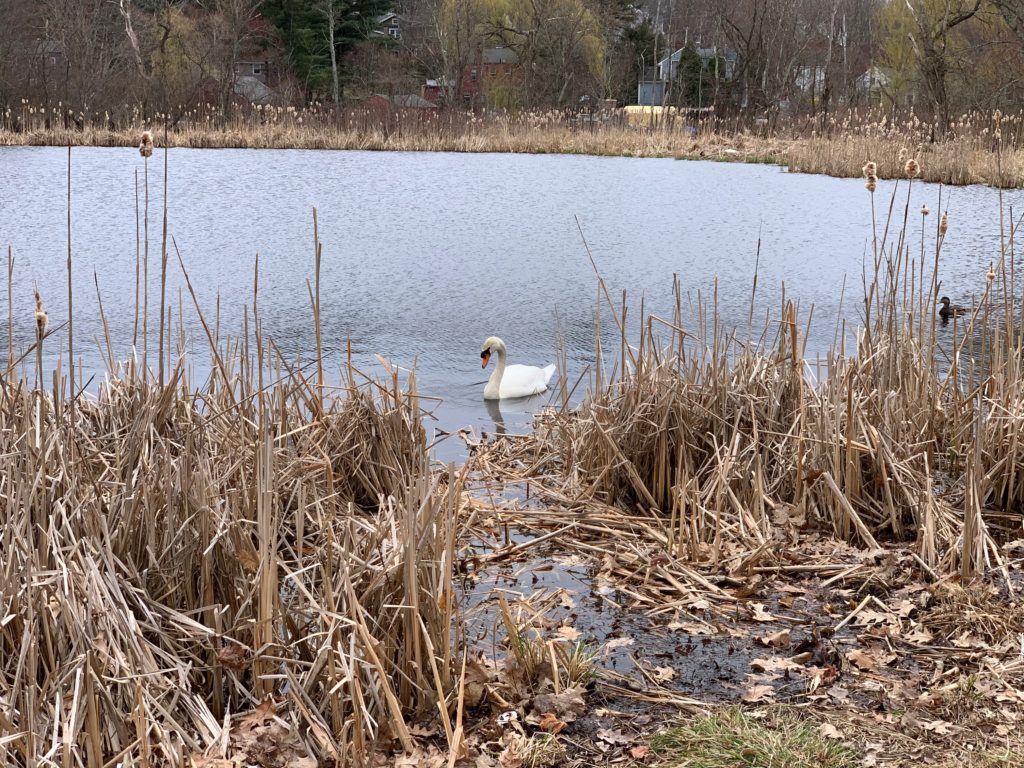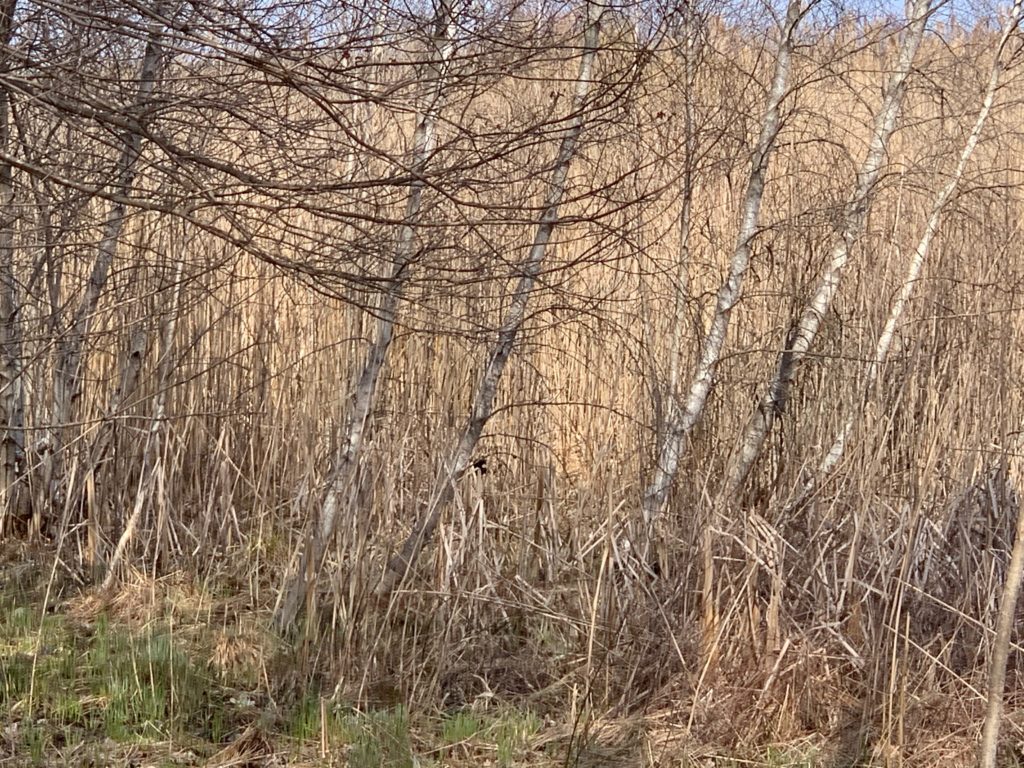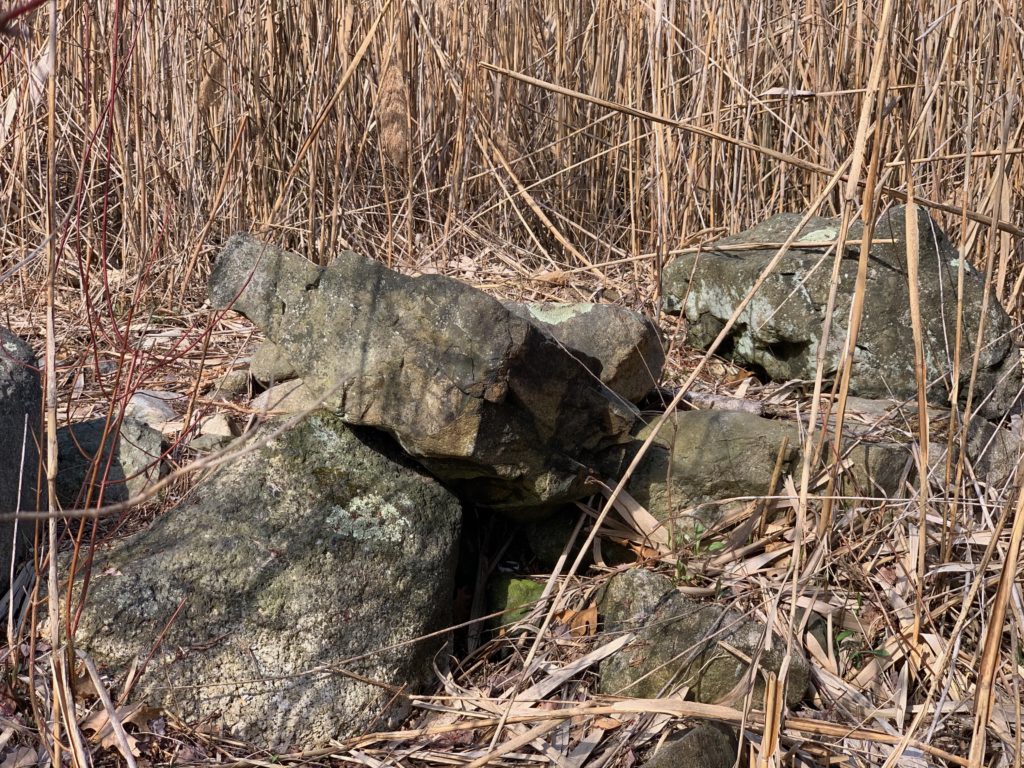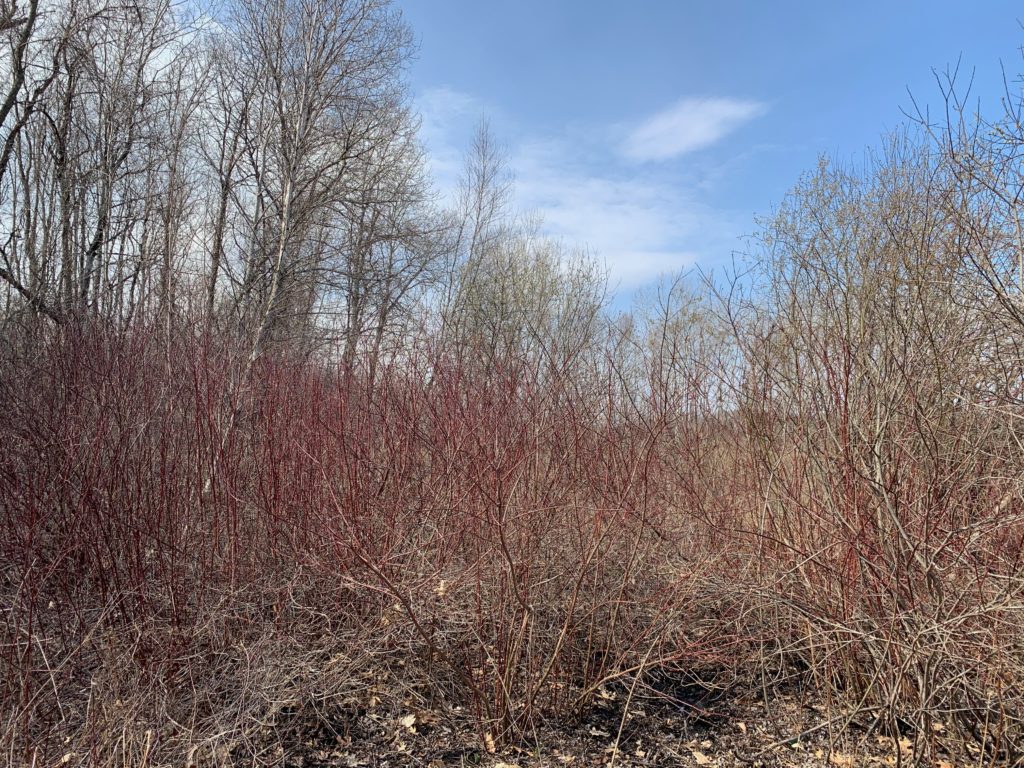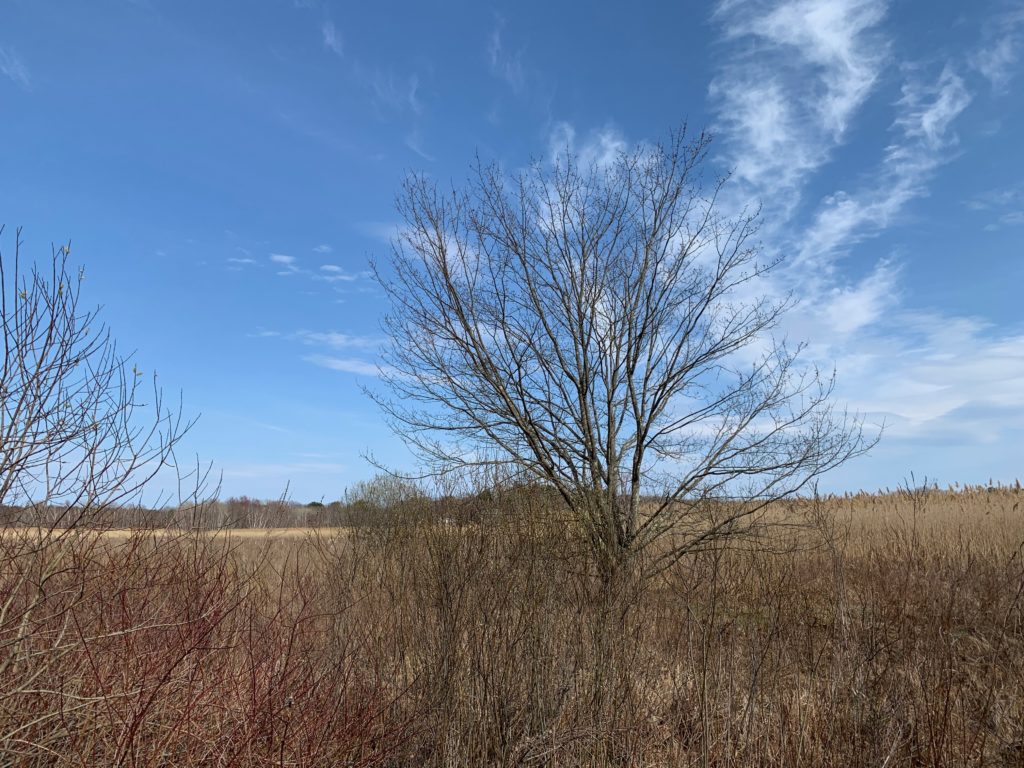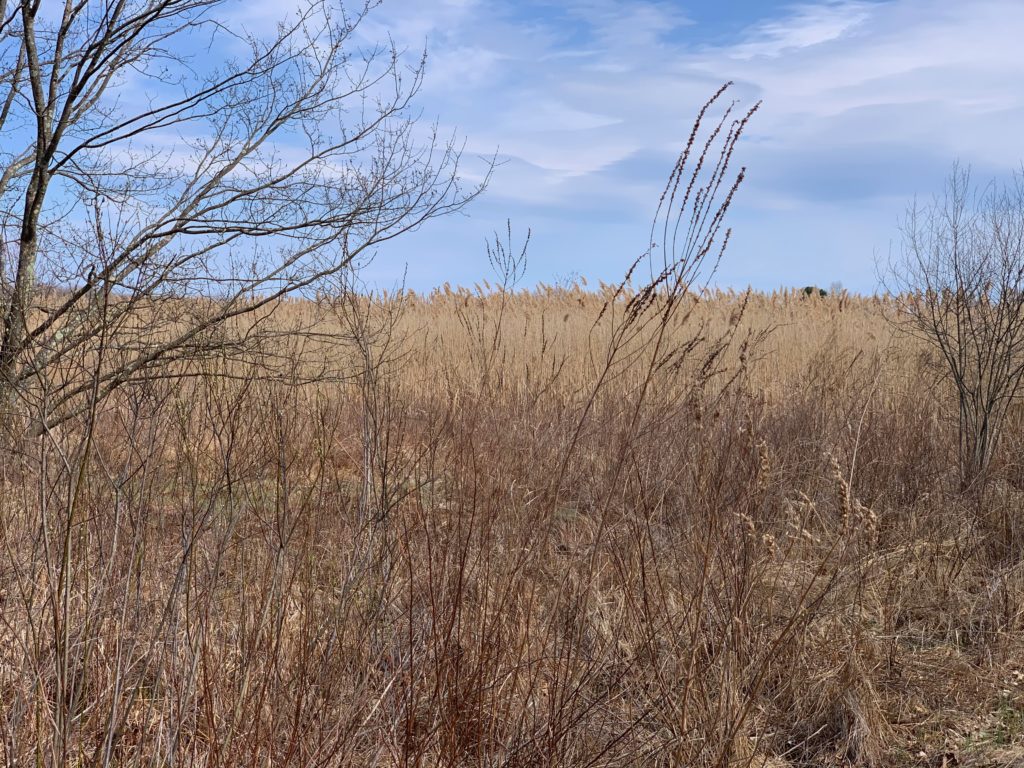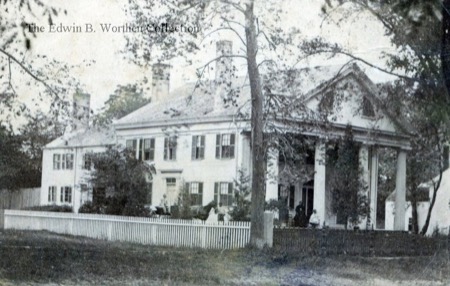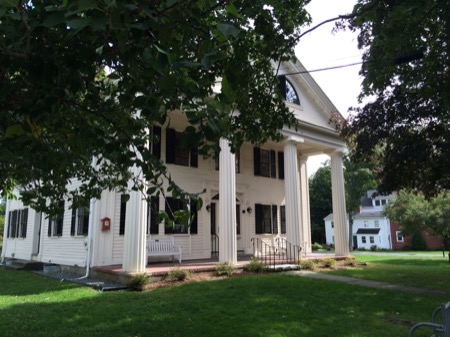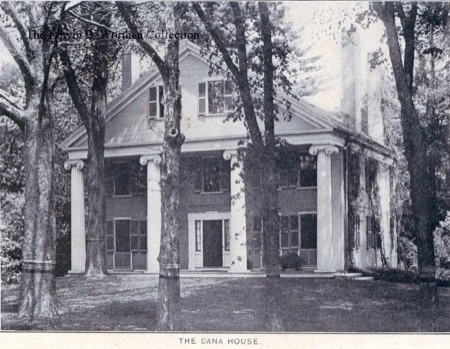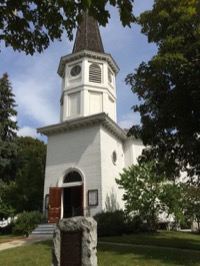One of the big surprises of our new place (well, not so new any more — we’ve been here almost three months) was that it was in a neighborhood. A very old neighborhood, established almost 200 years ago. As I wrote in my last post about the house, there’s been a house in this location for almost 300 years. There was building all around this area then, but it really got going in the early 19th century.
Follen Church
About 120 years after the old Robbins house was built where our place now stands, the Follen Church Society called their first minister, and built their unique octagonal church building four years later, in 1839. The Follen Church feels like the center of this little village here in East Lexington. The bells chime every hour. And all the other civic buildings are spread out around it.
Yes, civic buildings. And the Follen Church isn’t even the second oldest one. There are a little cluster of them here, or not far from here. Fire station, a little further up the road. Then there’s…
The Waldorf School
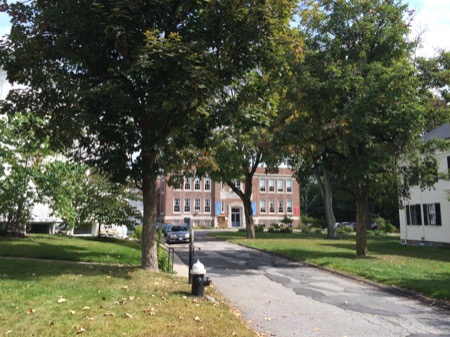
Originally the Adams School, this is the second school building in and around this site. The original Adams School building, dating to 1890, was just across the street where a parking lot now stands. The “new” building, constructed in 1912, has been home to the Waldorf School of Lexington since 1980. The school stands far back from Massachusetts Avenue, just south of the Follen Church. It’s got a town park behind it with a playground, soccer field, tennis and basketball courts too.
The Stone Building
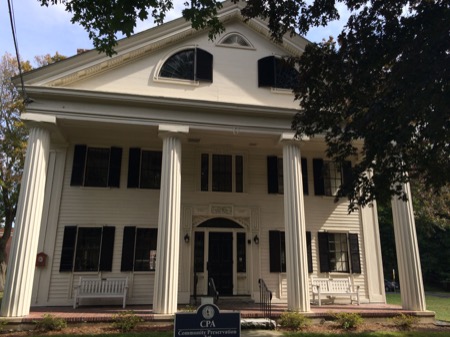
The Stone Building is not to be confused with a stone building. It’s a fantastic Greek Revival building that is the second oldest civic building in the cluster. Built in 1833 by Eli Robbins as a lyceum, it housed quite a few notable speakers over the years, including Ralph Waldo Emerson, Henry David Thoreau, Wendell Phillips, Charles Sumner, and Josiah Quincy, Jr. It was used as a branch library until a burst pipe in 2007 caused significant damage, causing the structure to close. It’s still closed, though some repairs were done to contain the damage; plaster was stripped from the entire ceiling and some walls in the first floor, but carved decorative lintels around the windows are still intact, as visible in a video shot inside the building in 2008. You can read the architectural recommendations made five years ago.
“Brick Store”
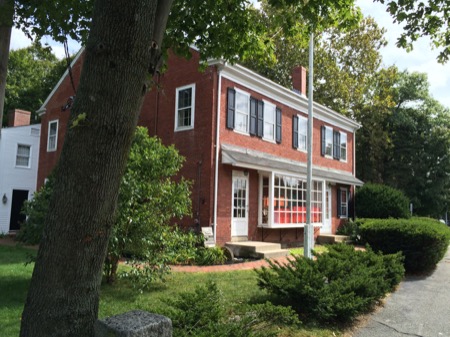
Now owned by the Waldorf School, the “Brick Store” was the original East Lexington post office. Built in 1828, it’s the oldest of the civic buildings in the East Lexington area. It’s also the building that abuts our property, though we’re separated by a parking lot and a stone wall.
Parker – Morrell – Dana House
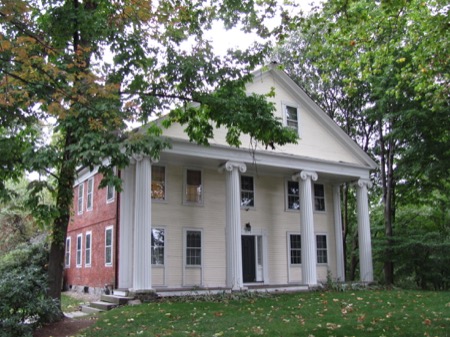
This last stop on our tour is the first building I noticed in our neighborhood, and the oldest of the buildings on this tour — but it’s not a civic building, it’s a private residence. Abutting the house on the other side of the cul-de-sac from ours, this fairly magnificent Greek Revival home dating from the early 19th century has apparently always been a pillar of the surrounding community. Built around 1800 for Obadiah Parker, it was converted into its current temple form in 1839 for furrier Ambrose Morrell, who was Eli Robbins’ neighbor and business rival. It’s worth noting that it has undergone some changes over the years; while it currently sports Ionic order capitals on its front porch columns, a photo from 1865 shows a plainer order — maybe Doric — as well as other alterations that have been made, such as the removal of a side entrance and the removal of clapboards on the sides to show the original Federal brick façade. Even more striking is the removal of the quarter-lune windows in the triglyph. I’d love to find the meetings of the historical committee meeting that let that one go down. (Update: Of course the historical committee didn’t allow such a change. See my next post for an explanation of the confusion.)
So yes, our little cluster of buildings on the side of Mass Ave is architecturally delightful and complex—and fun. And that’s even before we talk about the bike trail, the Great Meadows, Wilson Farm…
